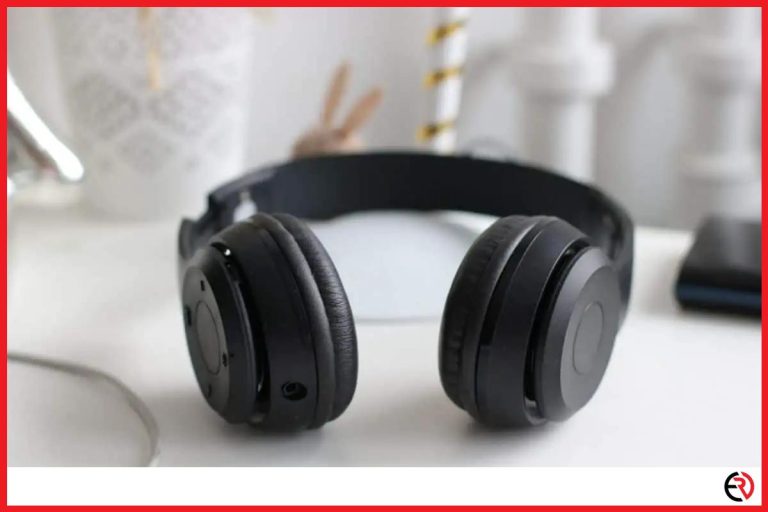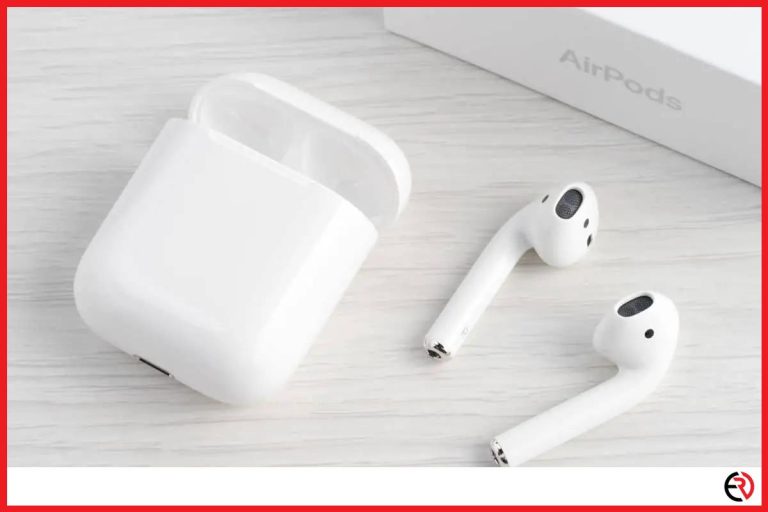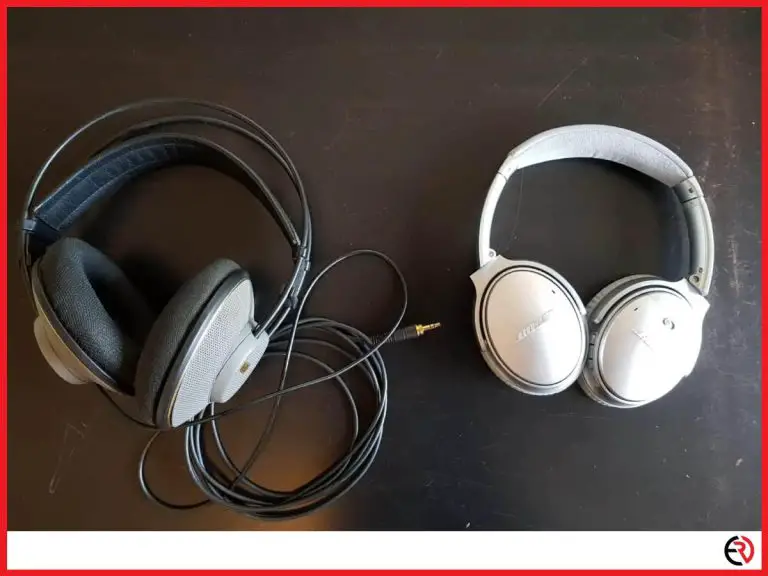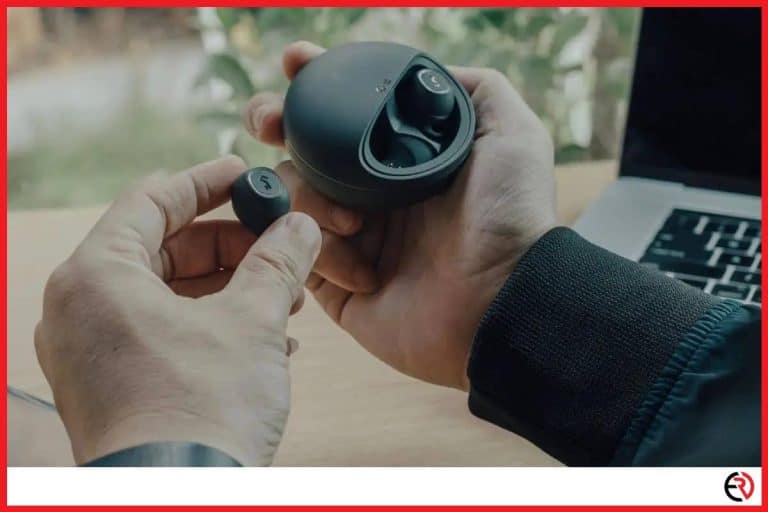What is the difference between Bluetooth versions?
This post may contain affiliate links which means that, if you choose to make a purchase, I may earn a small commission at no extra cost to you.
Bluetooth technology has become an indispensable part of your lives. From smartwatches and smartphones to wireless mice and wireless headsets, it is found in everything. The Bluetooth technology has advanced a lot over the years from the ‘classic’ Bluetooth v2.1 to the latest Bluetooth v5.1. The better versions supporting better features and even additional features not supported by old versions.
Generally, when buying any Bluetooth-enabled device, it is a wise idea to choose a product that supports the latest version. However, sometimes that is not possible as you may have to compromise the latest Bluetooth version in favor of other features that are supported by the device.
Still, knowing the differences between the different Bluetooth versions and their sub-versions can help consumers to choose a better product.
How do the Bluetooth versions differ from each other?
The main differences between Bluetooth versions are that the latest Bluetooth versions support higher data transfer speed, have better connection range and connection stability, are more energy-efficient, and offer better security than older Bluetooth versions.
Of course, there are additional differences between the various Bluetooth versions but these are the main differences that are relevant to the normal consumers. We will discuss the features of each version in detail later in the article. For now, you can refer to the table listed below to get a brief overview of the features and characteristics of the different Bluetooth versions.
| Feature | Bluetooth 1.0 | Bluetooth 2.0 | Bluetooth 3.0 | Bluetooth 4.0 | Bluetooth 5.0 |
| Range | Up to 10m(33ft) | Up to 30m(100 ft) | Up to 30m (100ft) | Up to 60m(200ft) | Up to 240m(800 ft) |
| Basic Rate (BR) | Yes | Yes | Yes | Yes | Yes |
| Enhanced Data Rate (EDR) | No | Yes | Yes | Yes | Yes |
| High Speed (HS) | No | No | Yes | Yes | Yes |
| Low Energy (LE) | No | No | No | Yes | Yes |
| Slot Availability Masking (SAM) | No | No | No | No | Yes |
Important terms to know:
- Basic Rate (BR) – Basic Rate (BR) is a mode where the speed of instantaneous data transfer is limited to a bit rate of only 1Mbit/s or 125 KBps.
- Enhanced Data Rate (EDR) – Enhanced Data Rate (EDR) is a mode that allows data transfer speed of up to 3Mbit/s or 375 KBps.
- High Speed (HS) – High Speed (HS) mode establishes an alternate lower layer over a colocated 802.11 link which introduces theoretical speeds of up to 24 Mbit/s or 3000 KBps.
- Low Energy (LE) – Bluetooth Low Energy was intended to reduce the power consumption by Bluetooth devices
- Slot Masking Availability (SAM) – This feature improves the coexistence of Bluetooth with other types of radio waves. Basically, it reduces interference by detecting neighboring frequencies and staying away from those channels.
Bluetooth classic vs Bluetooth Low Energy (BLE) a.k.a Bluetooth Smart
Many Bluetooth devices are marketed as ‘Smart Bluetooth’ devices or supporting a feature called BLE. Let’s look at what it all means below.
Collectively, Bluetooth v1.0 to Bluetooth v3.0 is known as classic Bluetooth. From Bluetooth version 4.0 onwards, it is known as Bluetooth Low Energy (BLE) or Smart Bluetooth. Both Bluetooth classic and BLE operates on the ISM 2.4GHz frequency band and operates over short distances. The pairing technology, encryption, and even authenticating works the same way. However, Bluetooth Low Energy consumes significantly less energy than its previous versions because it operates in a special sleep mode and only consumes power when active.
On paper, the peak power consumption of BLE devices is only 15mA which is almost half of Bluetooth classic devices. But, the actual power consumption can be up to 100x less than Bluetooth classic devices.
BLE was not created to replace normal Bluetooth devices. Both standards are suitable for different purposes. Classic Bluetooth is suitable for products that require a continuous stream of data such as wireless headphones and speakers, wireless printers and keywords, etc. These have a data transfer rate of 2-3Mbps.
BLE is suitable for devices that only require periodic data transfer of data. These include fitness trackers like Fitbit, public transportation apps, blood pressure monitors, industrial monitoring sensors, geography-based targeted promotions (iBeacon), etc. Even with such low power consumption, BLE devices can transmit data at a stable 1Mbps. The seamless connectivity and data transfer are possible because unlike classic Bluetooth devices that have a latency of about 100 ms, BLE devices have a latency of about 3ms.
On the technical side, BLE works over only 40 channels from 2402MHz to 2480 MHz with 2MHz spacing, unlike normal Bluetooth that works over 79 channels from 2.400 GHz to 2.4835 GHz with 1 MHz spacing between each channel.
A detailed look at the different Bluetooth versions
Now, let’s look at a brief chronological history of Bluetooth and the relevant details of every Bluetooth version:
1. Bluetooth 1.0 – When the Bluetooth v1.0 was invented back in 1998, it was a groundbreaking discovery. However, the technology was still immature and suffered from many problems such as no anonymity. By today’s standards, the technology is obsolete now.
Bluetooth v1.1 fixed some of the problems but the major problems were fixed with the launch of Bluetooth v1.2. Major enhancements included support for adaptive frequency-hopping spread spectrum (AFH) which reduced interference, faster transmission speeds of up to 721kbit/s, faster connection and discovery, Host Controller Interface (HCI), and Extended Synchronous Connections (ESCO).
2. Bluetooth 2.0 – Bluetooth v2.0 was released before 2005 and the highlight of this standard was the support for Enhanced Data Rate (EDR) which uses a combination of phase-shift keying modulation (PSK) and GFSK to provide better data transfer speeds.
With the release of Bluetooth v2.1, the technology improved further. It now supported secure simple pairing (SSP) which improved the security as well as the pairing experience, and extended inquiry response (EIR) which allowed better filtering of devices before a connection was established.
Among all the classic Bluetooth versions, v2.1 was the most popular and widely implemented due to its simplicity, extended range of 33m instead of 10m, and faster data transfer speeds of up to 3Mbps instead of 0.7Mbps.
3. Bluetooth 3.0 – Bluetooth v3.0 was released in 2009 and introduced the High Speed (HS) mode which made theoretical data transfer speeds of up to 24 Mbps possible over a colocated 802.11 link. This technology introduced many new features such as Enhanced Power Control, Ultra-wideband, L2CAP Enhanced modes, Alternate MAC/PHY, Unicast Connectionless Data, etc. However, it suffered from a major drawback – high power consumption.
Due to this drawback, devices using Bluetooth 3.0 consumed a lot more power than their previous versions and resulted in shorter battery life in Bluetooth-enabled devices. Thus, Bluetooth v2.1 still remained popular even with new devices supporting Bluetooth v3.0.
4. Bluetooth 4.0 – Bluetooth v4.0 was released in 2010 and introduced the support for Bluetooth Low Energy. It was marketed as Wibree and Bluetooth Smart back in the days. Bluetooth 4.0 supported all the previous features of the previous versions but the major change was power consumption. In fact, BLE devices can be powered by a coin cell. Thus, it was now possible to create compact and portable devices that could run on Bluetooth technology for days.
Bluetooth v4.1 was introduced in 2013 to improve the user experience even further. It could now co-exist with LTE, allowed devices to support multiple roles simultaneously, and facilitated bulk data transfer rates.
The new features supported by this feature include:
- Low Duty Cycle Directed Advertising
- 802.11n PAL
- Limited Discovery Time
- LE Link Layer Topology
- L2CAP Connection-Oriented and Dedicated Channels with Credit-Based Flow Control
- Train Nudging and Generalized Interlaced Scanning
- Fast Data Advertising Interval
- Mobile Wireless Service Coexistence Signaling
- Dual Mode and Topology
- Audio Architecture Updates for Wide Band Speech
Bluetooth v4.2 was released in 2014 and made the Internet of Things (IoT) possible. The areas of major improvements include:
- Low Energy Secure Connection with Data Packet Length Extension
- Internet Protocol Support Profile (IPSP) version 6 ready for Bluetooth Smart things to support connected home
- Link Layer Privacy with Extended Scanner Filter Policies
5. Bluetooth 5.0 – The Bluetooth v5.0 was presented by the Bluetooth SIG in 2016 but the support for this technology was first implemented by Sony in their product Xperia XZ Premium. This standard focuses on improving the connectivity and experience of the Internet of Things (IoT) by offering a seamless data flow.
For BLE, it now supported double the speed in bursts of up to 2Mbps within a limited range of up to 4 times the range of the previous generation with a compromise on data transfer speed.
The areas of improvements are:
- Slot Availability Mask (SAM)
- LE Advertising Extensions
- 2 Mbit/s PHY for LE
- LE Long Range
- High Duty Cycle Non-Connectable Advertising
- LE Channel Selection Algorithm #2
It also introduced a cool feature called ‘Dual Audio’ which made it possible for two different Bluetooth devices such as wireless headphones or speakers to play audio at the same time from a single Bluetooth audio streaming device that supports this version. It is also possible to stream two different audio sources from the same streaming device to two different Bluetooth devices.
The Bluetooth v5.1 is the latest version released in 2019 and introduced the support for Mesh-based model hierarchy. Although this version has not been widely implemented yet, it is undoubtedly the future of Bluetooth technology which will keep on improving.
The major improvements are:
- Angle of Arrival (AoA) and Angle of Departure (AoD) which are used for location and tracking of devices
- Periodic Advertising Sync Transfer
- GATT Caching
- Advertising Channel Index
Minor enhancement includes:
- Specify the behavior when rules are violated
- Interaction between QoS and Flow Specification
- ADI field in scan response data
- Host channel classification for secondary advertising
- HCI support for debug keys in LE Secure Connections
- Sleep clock accuracy update mechanism
- Allow the SID to appear in scan response reports
Conclusion
The Bluetooth technology has improved a lot and the future of this technology looks great. The best part is that the latest versions of the Bluetooth are all backward compatible with the older versions. That means you can connect to a Bluetooth device supporting an older version using a device that supports the latest versions. However, you will be limited to the features supported by the older version. Still, it makes sense to buy the products which support the latest Bluetooth versions.
The dual audio feature of Bluetooth 5.0 is particularly interesting for people who love using wireless headphones. Also, don’t settle for anything less than Bluetooth 4.2 nowadays as, without the BLE, the battery life of the Bluetooth device would be really bad.







